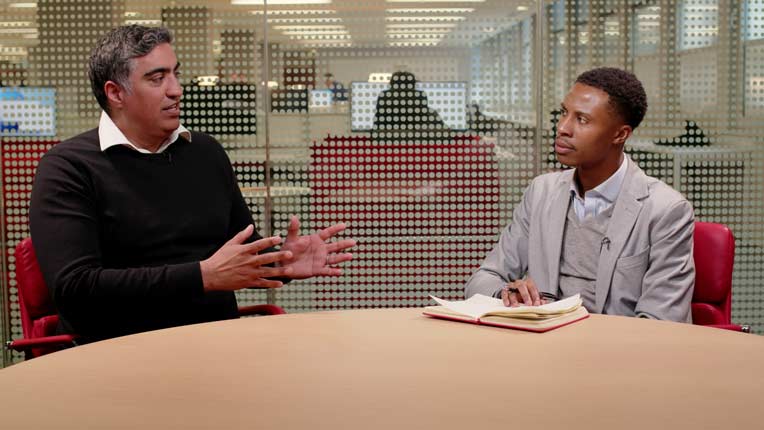Emma Wall: Hello, and welcome to the Morningstar series, "Why Should I Invest With You?" I'm Emma Wall and I'm joined today by David Jane, Manager of the Miton Cautious Multi Asset Fund.
Hello.
David Jane: Hello, Emma.
Wall: So, many people are predicting volatility in the markets. Investors should prepare for this because valuations are looking very high and indeed, we have macro threats on both sides of the pond. Is this a stance that you agree with?
Jane: Well, we are now eight years into an economic expansion, eight years into a bull market. Clearly, a lot of people will think, well, we must be getting near the top now. Of course, the big challenge as a multi-asset investor is you can never know where the top is until you've already passed it. So, many people have been saying, well, we must be near the top even as much as five or six years ago.
So, I wouldn't suggest trying to predict the top is a very good idea. However, we do have to deal with the fact that at some point markets will eventually change direction and that's how we run our funds. We have to consider that there's ultimately apparent overvaluation, although I have seen arguments to suggest that valuations need to be stretched. We are in era of low interest rates. So, again, valuation isn't going to predict the top for us. We need to be prepared for both potential outcomes.
Wall: I don't want to accuse you of schadenfreude but you do typically perform better in volatile markets, in tough market conditions. So, what is it about the way that you run this Cautious-managed fund that allows you to protect the investors from volatility? What are those, sort of, levers that you can pull?
Jane: Well, we try and structure the fund without necessarily, as you can probably guess from my first answer, a strong view of what's going to happen next. We try and structure the fund to do well across most market scenarios, most plausible future scenarios. So, within the portfolio at any one time we'll have assets or investments that benefit from further strong market conditions, further strong economic conditions, but we will balance that with other assets that will not necessarily lose money in rising markets but will hopefully do better to counterbalance those assets that will do well if the market does take a turn for the worst.
And then as well, we have to recognize early when things have changed and I think that's a very important thing that we need to bring to fund management is to actually wake up and smell the coffee. When something does change and the market does turn, we have to know where the downside risks are.
Wall: That means to me that you need liquidity in order to do that. Does that mean you have a cash buffer ready to go so that when things do start to turn, you can deploy that into something perhaps like gold, which is traditionally a safe haven in more volatile conditions?
Jane: Well, we like to have liquidity at all times. So, whilst we'll hold some cash in the portfolios, we typically will always invest in relatively liquid stocks, relatively liquid bonds such that we are able to move quickly when things do change. Gold may or may not work as the downside protector in the next downside period. We don't know – first of all, we have to know why is the market falling, then we can know what it is we can own to protect us.
Wall: And do you know, do you have something in mind if that does start to turn that you think is a good protective asset for investors?
Jane: I think ultimately you could be looking at a quite different sort of down market than we've seen historically in the past. Each bull market has certain characteristics. Each bear market reflects the bull market that came before in many ways. So, clearly, during the tech bubble, tech was what led it up. It was traditional defensives that worked quite well to the downside. And perhaps during after the global financial crisis again, it was financials that led the market down, traditional defensives.
But traditional defensives in some ways have led this market higher with the bond yields falling and so on and so forth. So, perhaps they are not going to be the place to hide next time around. Maybe they are; maybe they are not. Maybe we need to look at perhaps deep value to protect us. When everybody says the market is so overvalued, driven up by the FANGs and other kind of growth names, maybe it's the value stocks that will protect you this time around.
Wall: David, thank you very much.
Jane: Thank you.
Wall: This is Emma Wall for Morningstar. Thank you for watching.




























